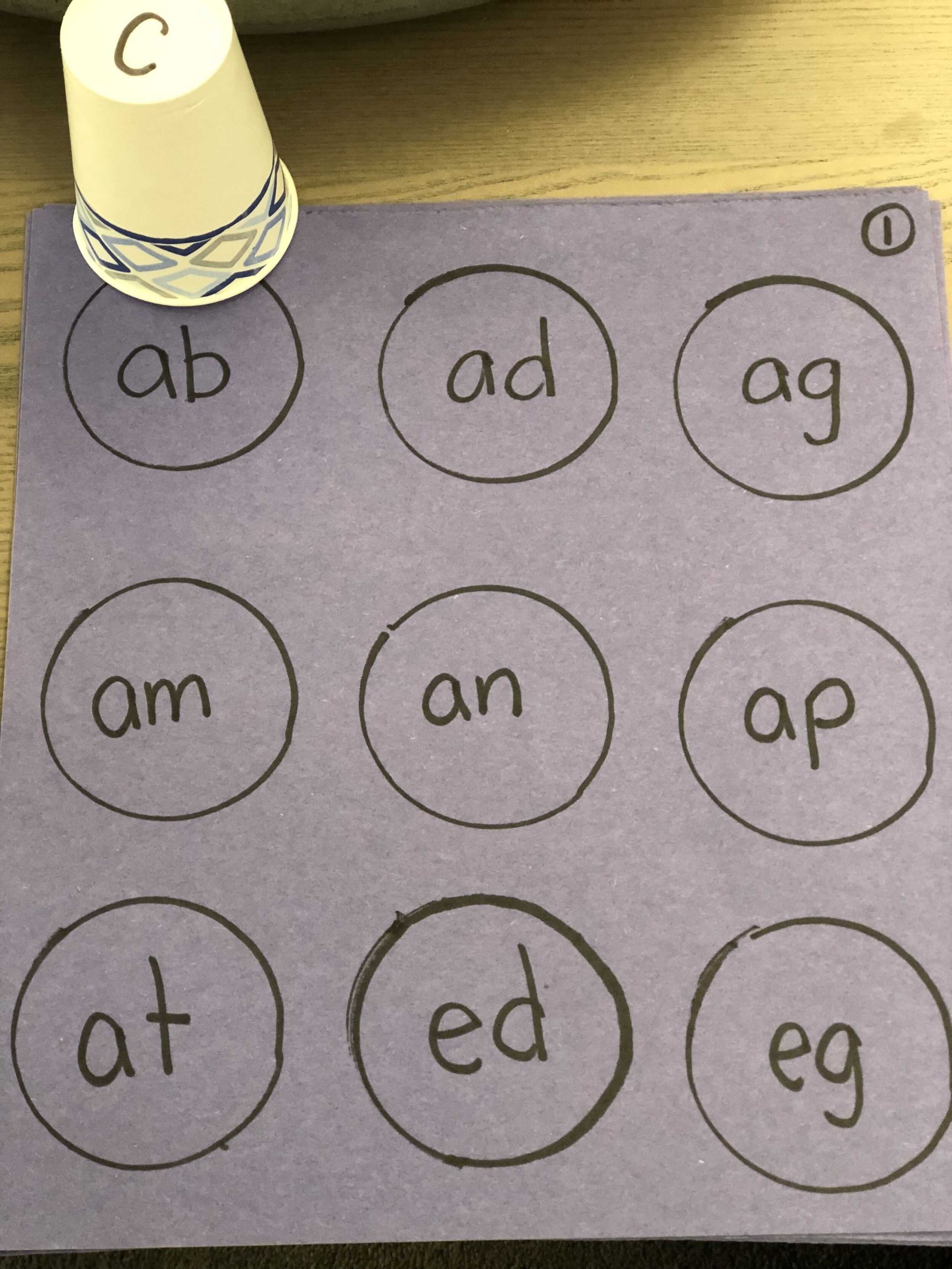Decoding Strategies
Targeting: Blending and Segmenting
Guiding young learners to be able to understand that words are made up of individual sounds creates a foundation for reading and writing. Children that learn how to decode (sound out and blend words) are receiving the foundational steps needed. We guide children to understand the concept that words can be broken apart, and built together. *Children need to have a strong knowledge of letter names and sounds prior to working on decoding strategies.*
Knowing How To Decode Helps Young Learners:
recognize sounds in words
manipulate sounds in words
understand the relationships between sounds and letters
build oral language skills
make meaning from words and sentences
We believe children need to be exposed to a wide range of skills that fit together to build a strong literacy foundation. We also recognize that families and teachers have the never-ending challenge of limited time. Our strategies are organized by skill, and identified as 5, 10, or 15 Minute Moments. Whether it is five minutes, or twenty minutes, whatever time is available to help foster a young one’s learning will make a huge difference!
ENGAGING ACTIVITIES
Spoon Blending
Make blending fun for kids with this hands on activity! Simply write the consonants on each spoon. (one per spoon) Have a blast creating new words by placing the spoon in front of these short vowel combinations!
Cup Blending
Cup Blending
Simply grab some paper cups and write one consonant on the bottom of each cup. Trace the cup several times on a large piece of paper. Then, write in short vowel combinations in each circle. Kids have a blast placing the cup on the circles and blending the new words!
Word Family Fun
Grab a beach ball when they are 90% off at the end of the summer, then use a permanent marker to write word family words. Toss the ball up, children take turns catching…wherever their thumb lands they can read a single word or the entire word family list!
Chalk Fun
Having young learners add the short vowel in the middle of a CVC (consonant, vowel, consonant) is a great way to practice blending with the added phonics component. When children take the sounds to writing, it changes from a listening skill to a writing skill.
Blending Cubes
A fun way to have children practice blending sounds together is to use small, easy to write on cubes. We found some for $1.00! Simply write the consonants on the same color cubes and then the vowels on a different color. As children roll, they can blend the sounds to create a word. Whether a real word, or nonsense word, this strategy is essential for foundational reading skills.
READ THE RESEARCH
“Early attainment of decoding skill is important because this early skill accurately predicts later skill in reading comprehension.”
“Even before children start school, they can become aware of systematic patterns of sounds in spoken language, manipulate sounds in words, recognize words and break them apart into smaller units, learn the relationship between sounds and letters, and build their oral language and vocabulary skills. These are all skills that the National Early Literacy Panel found to be precursors to children’s later growth in the ability to decode and comprehend text, to write, and to spell.”






